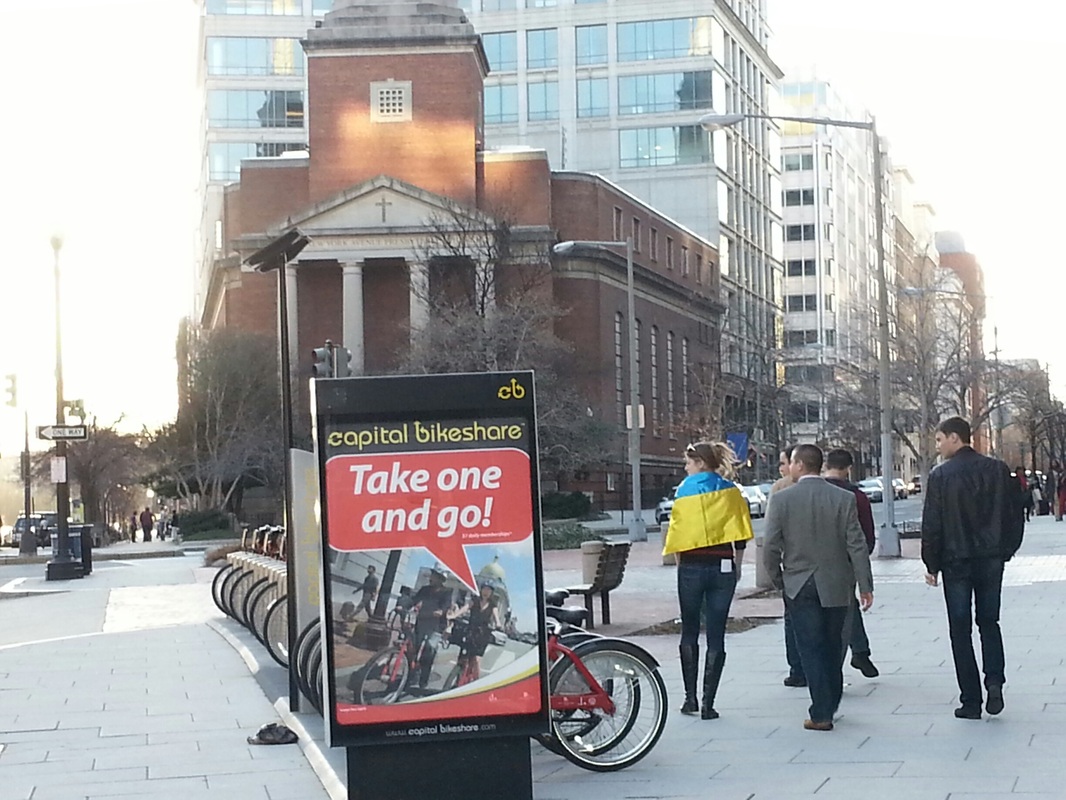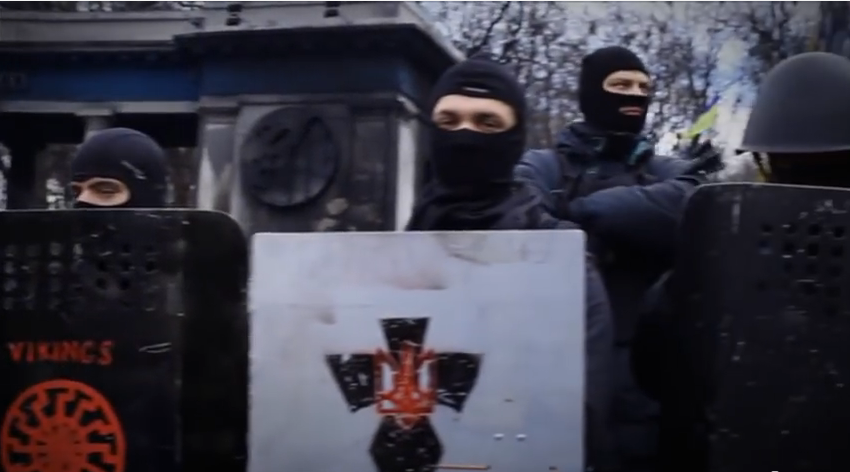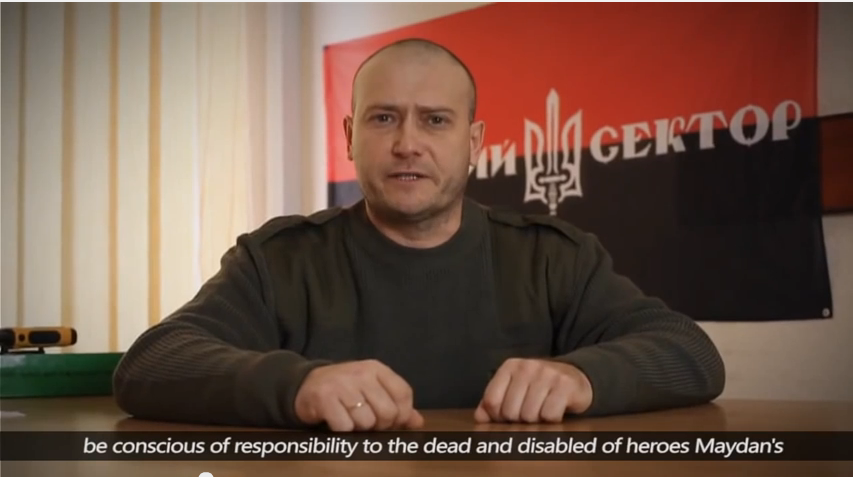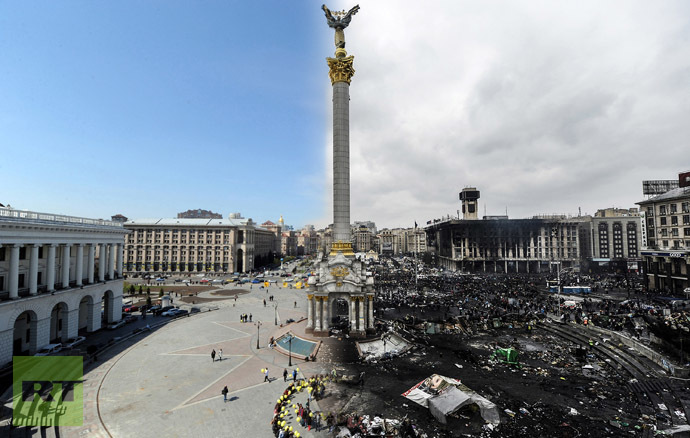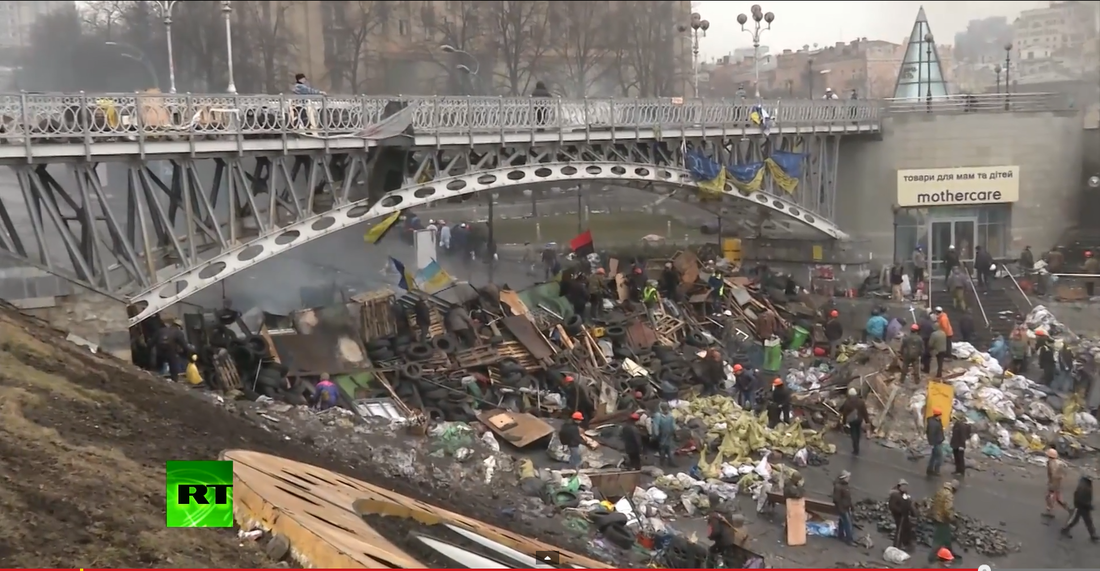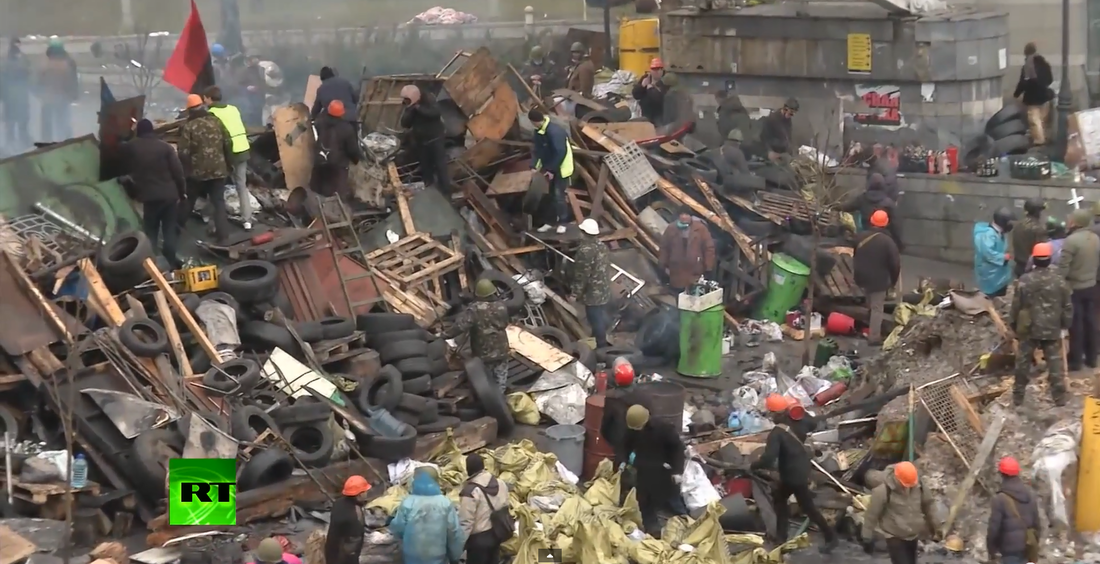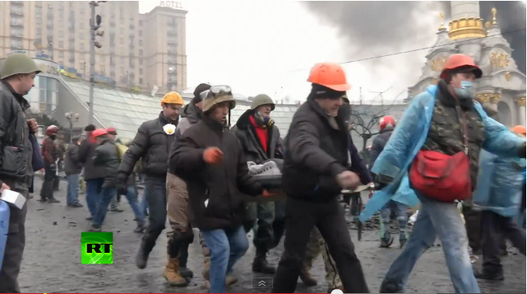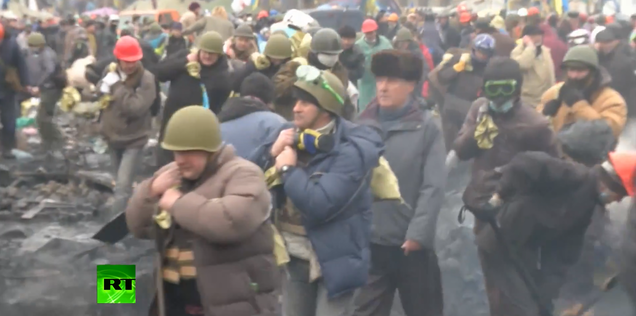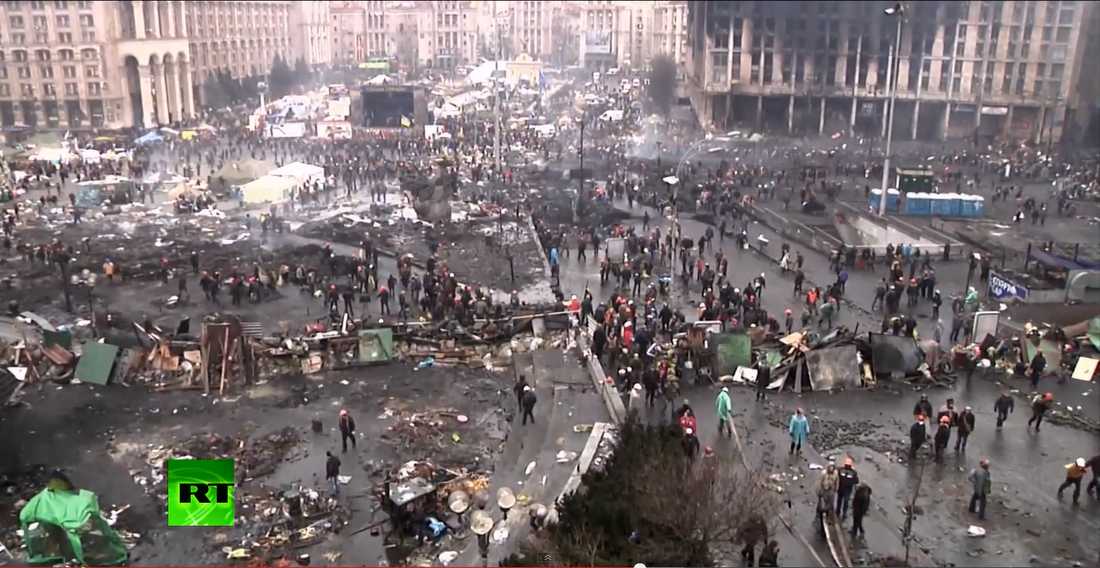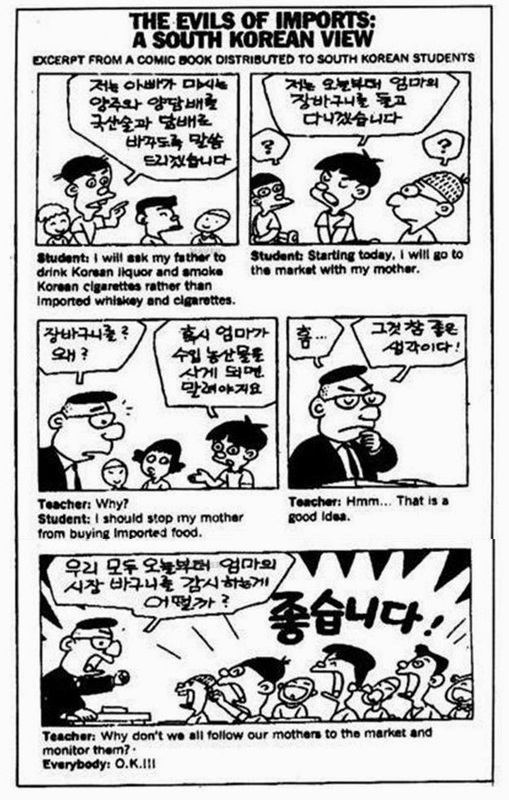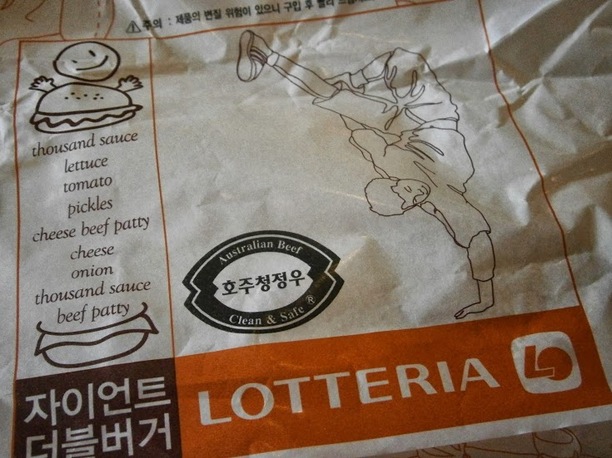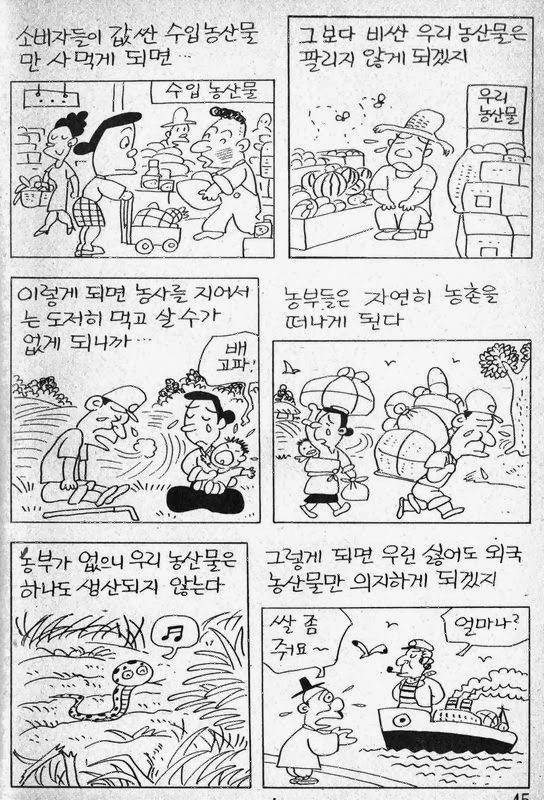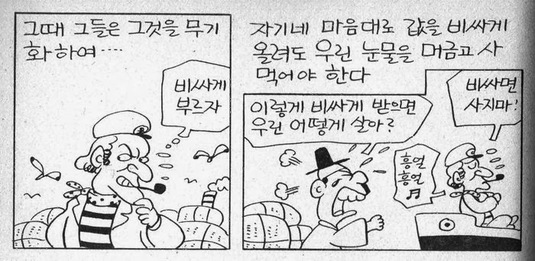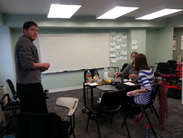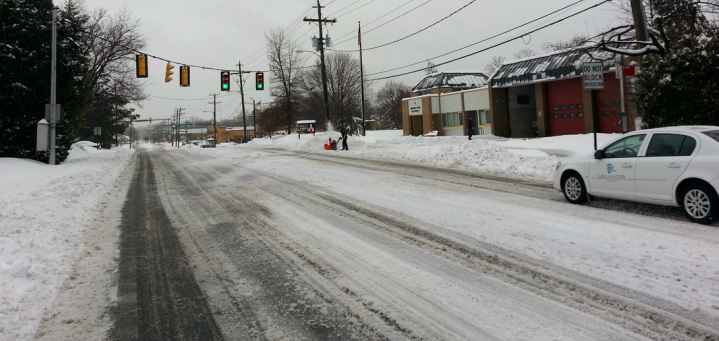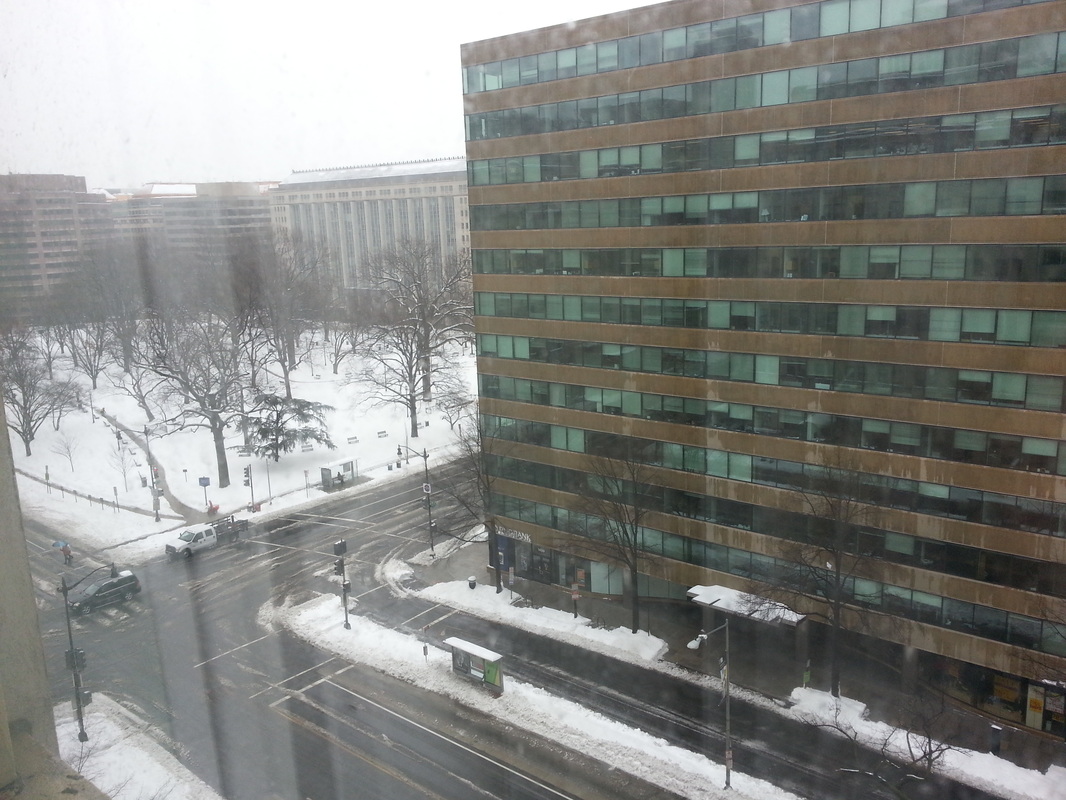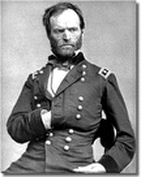As I
previously mentioned, my Korean course in January was a success. I feel that m
y final project was especially successful. We had to come up with a five-minute “speech” to deliver to the class, and all in Korean of course. Some students used powerpoint slides. I did.
The speech and slides are below, in Korean (with an English translation I have done just now; it was not part of the assignment). Be not deceived by its simplicity! This speech took me many, many painstaking hours — About eight hours in a coffee shop, then several more revisions, and helpful suggestions from many along the way. Others in the class told me that they enjoyed my presentation a lot. Here it is:
백운산 여행
“Up White Cloud Mountain“
[Presentation delivered by this writer in a Korean class, Seoul, Jan. 2014]
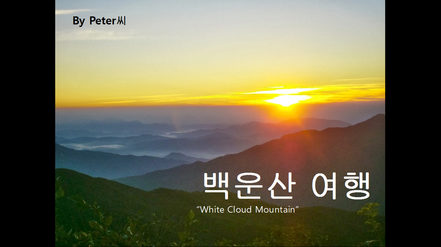
안녕하세요!
제 이름 피터입니다. 미국에서왔어요.
무슨 운동 좋아해요? 저는 등산을 좋아하는데요. 저는 오늘 한국 등산여행에 대해 이야기 할 거예요.
____________________________________________
Hello! My name is Peter. I am from the USA.
What kind of outdoor activities do you like? I like hiking. Today I will tell you about a hiking trip I did in Korea.
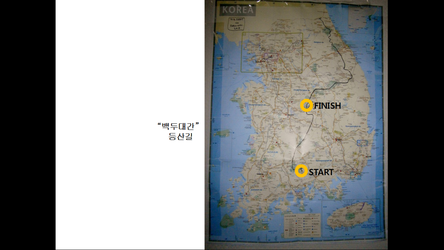
작년 구월 중산부터 십월 삼십일까지 등산 했어요. “백두대간”은 남한남쪽에 있는, 지리산부터 강원도설악산까지 이어진 길이에요. 저는 지리산에서 월악산까지 걸어 갔어요. 그런데, 오늘 저는 백두대간여행 이야기 중에 하나를 이야기 할 거예요.
__________________________________________ Last year, from mid-September to October 31st, I completed hiking trip. It was on the “Baekdu-Daegan Trail” in South Korea, which extends from the Jiri Mountains in the south to Gangwon Province’s Seorak Mountain in the north. I walked from the Jiri Mountains to the Worak Mountains [halfway across trail]. Anyway, I will tell you today about one part of this trip.
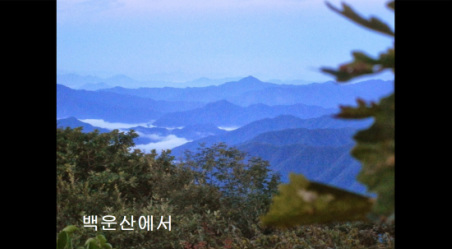
제가 간 산중, 이름이 “백운산” 이라는 산이 있어요. 백운산은 영어로 “White Cloud Mountain” 이에요. 이산은 아름다웠어요! 이 산은 경상남도 함양군에 있어요.
오, 나는 이 사진들 찍었어요. [학생들: 우와!]
____________________________________________
One of the mountains along this trail is called “Baek-Un-San”. In English, it means “White Cloud Mountain”. This mountain was beautiful! It is in Gyeongsang Province, Hamyang County.
[While changing slides: “I took all these pictures”. Class: “Oh, wow!”]
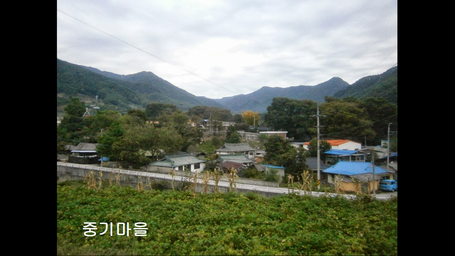
산옆에 “중기마을” 있어요. 중기마을은 조요하고 평화로워요.
백운산에 어떻게 올라갔을까요? 중기마을에서 “중재”로 갔어요. 그 등산길은 힘들어서 피곤했어요!
_________________________________________
Below the mountain is “Jungi Village”. It is quiet and peaceful.
How did I get to the top of Baekunsan? From Jungi Village, I walked to Jung-Jae Pass. The mountain trail became difficult, which tired me out a lot.
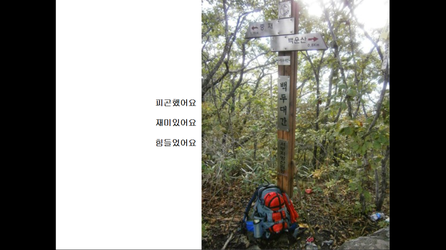
중기마을은 해발 오백미터쯤에 있지만, 백운산정상은 천삼백미터쯤! 그러니까, 힘들어요. 네 시간 동안 등산 했어요. 그래서, 땀이 많이 났어요. 마침내, 정상에 도착해서 행복했어요!
____________________________________________
Jungi Village’s altitude is about 500 meters above sea level, but the summit of Baekunsan Mountain is about 1,300 meters above sea level! As a result, it an arduous hike. It took four hours of hiking. There was a lot of sweat. Finally, when I arrived at the top I became very happy!
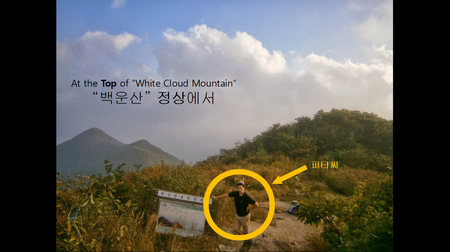
정상에서 모든 것을 볼 수 있었어요. 아름다웠어요. 백운산 보고, 저는 기분이 너무 좋았어요. 백운산정상은 다른 세계 같았어요.
____________________________________________
From the summit, it was possible to see all things below. It was so beautiful. It really made me feel great. Being on Baekunsan’s summit seemed like a different world.
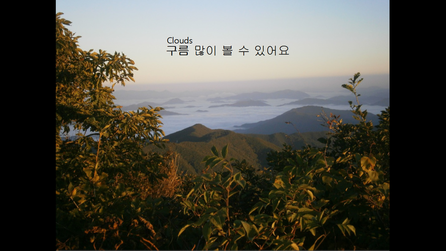
천 개의 구름을 볼 수 있었어요.
백운산 정상에……
____________________________________________
It was possible to see thousands of clouds. [I pointed out the clouds].
Also on the summit was……
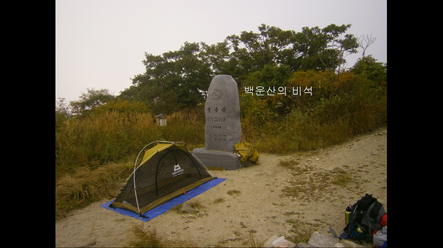
……..비석이 있었어요.
비석 앞에서, 야영해도 됐어요.
____________________________________________
……..was the Baekunsan Stele. [I point to the stone].
In the area around this stone marker, camping is allowed.
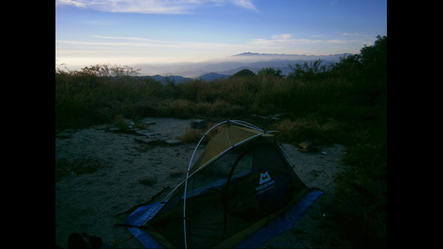
거기에서, 야영했어요. 다음날 아침 여섯시에 일어났어요. 아침에, 정말 너무 추워서, 기분이 안 좋았어요.
하지만! 아침에 천 개 구름을 볼 수 있어서, ….
____________________________________________
I camped there. The next morning I woke up at 6 AM. That morning it was truly cold, which made me not feel too good.
But! That morning the thousands of clouds were visible….
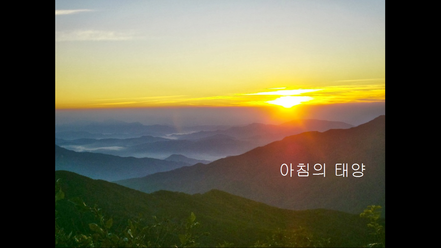
…내 기분이 좋았어요. 저는 “하늘에” 있었어요. 아름다운 해돋이를 볼 수 있었어요. 아침식사 했지만 아직도 추웠어요.
저는 거기에 혼자 있었어요. 오전 여덟시쯤에, 한 아저씨가 왔어요. 우리는 십분쯤 이야기했어요. 한국말으로 하고 영어로 말했어요. 그 후에, 아저씨는 갔어요. 이십분 후에, 저도 출발했어요. 덕유산으로 걸어서 갔어요.
작년 구월 하고 십월에 산을 많이 봤지만, “백운산”은 특별했어요.
____________________________________________
…which made me feel good anyway. I was “in the sky”. A beautiful sunrise was soon visible. I ate breakfast but it was still very cold up there.
I was alone. At about 8 AM, a middle-aged man arrived. We chatted for about ten minutes. We used Korean and English. Soon the man left [to continue hiking]. Twenty minutes later, I also departed. I began my hike again, towards Deogyusan National Park.
Last year in September and October I saw a lot of mountains, but “Baekunsan” was particularly special.

백운산 또 보고 싶어요!
여러분, 등산이나 자연을 좋아하면, 백운산에 가세요~!!
[질문 있었어요. “Tent-cover 어디엤어요?”]
__________________________________________
I want to see that mountain again!
If you like mountain hiking or nature, I recommend all of you go to Baekunsan!
[Q and A]
S.B.: “You said it was so cold! Where’s your tent cover?”
Me (flipping back to the proper slide): “It is on the stone, there. See?” (pointing)
S.B.: “Aha”.
Others: “Ahh.”
__________________________________________
백운산 비디오 보고 싶어요? [안됐어요].
Do you want to see my Baekunsan video? [Not able; We had run out of time and were nearly late for the “all-level completion pizza party” in the other building, so were not able].
[End of Speech]
That “video” link, on the last slide, led to a video of my descent from Baekunsan (“White Cloud Mountain”). Here it is:
This is one of a series of videos from my “trek” that I posted to Youtube.
I’ve posted other videos from that journey, here:
- Post-162 (“On a Foggy Mountain Top”), and
- Post-158 (“Peering Over the Ledge”), and
- Post-157 (“Where Three Provinces Meet”).
Let me here echo what many Korean students lamely-but-cutely write at the ends of essays: “Thank you for reading.”
My Full Speech in Korean:
백운산 여행
[Slide One] 안녕하세요~! 제 이름 피터입니다. 미국에서왔어요.
무슨 운동 좋아해요? 저는 등산을 좋아하는데요. 저는 오늘 한국 등산여행에 대해 이야기 할 거예요.
[Slide Two] 작년 구월 중산부터 십월 삼십일까지 등산 했어요. “백두대간”은 남한남쪽에 있는, 지리산부터 강원도설악산까지 이어진 길이에요. 저는 지리산에서 월악산까지 걸어 갔어요. 그런데, 오늘 저는 백두대간여행 이야기 중에 하나를 이야기 할 거예요.
[Slide Three] 제가 간 산중, 이름이 “백운산” 이라는 산이 있어요. 백운산은 영어로 “White Cloud Mountain” 이에요. 이산은 아름다웠어요! 이 산은 경상남도 함양군에 있어요. [Slide Four] “나는 이 사진들 찍었어요.”
산옆에 “중기마을” 있어요. 중기마을은 조요하고 평화로워요.
백운산에 어떻게 올라갔을까요? 중기마을에서 “중재”로 갔어요. 그 등산길은 힘들어서 피곤했어요! [Slide Five] 중기마을은 해발 오백미터쯤에 있지만, 백운산정상은 천삼백미터쯤! 그러니까, 힘들어요. 네 시간 동안 등산 했어요. 그래서, 땀이 많이 났어요. 마침내, 정상에 도착해서 행복했어요! [Slide Six, three clicks to reveal yellow circle and name]
정상에서 모든 것을 볼 수 있었어요. 아름다웠어요. 백운산 보고, 저는 기분이 너무 좋았어요. 백운산정상은 다른 세계 같았어요.
[Slide Seven] 천 개의 구름을 볼 수 있었어요. 백운산 정상에 [Slide Eight] 비석이 있었어요. 비석 앞에서, 야영해도 됐어요. [Slide Nine]. 거기에서, 야영했어요. 다음날 아침 여섯시에 일어났어요. 아침에, 정말 너무 추워서, 기분이 안 좋았어요.
하지만! 아침에 천 개 구름을 볼 수 있어서, [Slide Ten] 내 기분이 좋았어요. 저는 “하늘에” 있었어요. 아름다운 해돋이를 볼 수 있었어요. 아침식사 했지만 아직도 추웠어요.
저는 거기에 혼자 있었어요. 오전 여덟시쯤에, 한 아저씨가 왔어요. 우리는 십분쯤 이야기했어요. 한국말으로 하고 영어로 말했어요. 그 후에, 아저씨는 갔어요. 이십분 후에, 저도 출발했어요. 덕유산으로 걸어서 갔어요.
작년 구월 하고 십월에 산을 많이 봤지만, “백운산”은 특별했어요. [Slide Eleven] 백운산 또 보고 싶어요!
여러분, 등산이나 자연을 좋아하면, 백운산에 가세요!
[질문 about tent-cover; answer that it was on the stone].
백운산 비디오 보고 싶어요? [안됐어요. 시간이 없었어요.]
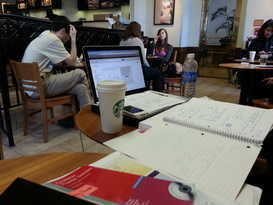 Our lesson preparation session
Our lesson preparation session 
